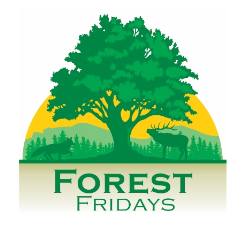Oooh that smell! Collecting ramps or wild leeks
By John Schwartzer
Some people are revolted by the smell and flavor of onions and garlic but to others, it’s the sweet perfume of spring. I’m talking about the love-it-or-hate-it smell and taste of ramps or wild leeks, Allium tricoccum. Ramps, like onions, are a member of the amaryllis family. These potent, pint-sized onion relatives are popular Appalachian table fare as evidenced by the numerous “leek-fests” or “stink-fests” around the region. Leek popularity is growing with the upscale restaurant crowd and farm-to-table culinary circles.
Unlike most onion relatives, ramp bulbs have one to three flat, wide leaves that reach six to 12 inches long. The white bulbs are small; a big ramp bulb is the size of your thumb. The leaves poke from the ground singly or in tight clusters in the early spring before tree leaves emerge. The leaves fade as the showy umbels of white flowers appear. Each plant produces up to 30 three-seeded capsules. Ramps also reproduce readily from clones attached at the base of the bulb. The crushed foliage is very aromatic and oniony. There are several toxic look-a-like plants to avoid: spotted trout lily, false hellebore, and lily of the valley to name a few. Only harvest a plant after positive identification.
Photo: Wild leek, CC BY-SA 3.0
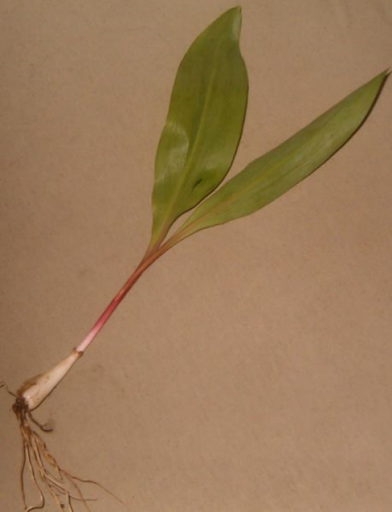
These tasty plants can be found on north-facing slopes in rich, moist soils in association with ash, sugar maple, and basswood forests and northern hardwood forest types. They span the Appalachians from Quebec to northern Georgia. North of Maryland, leeks are found from the Atlantic to the Dakotas.
Photo: A patch of wild leeks, Wikipedia common use copyright
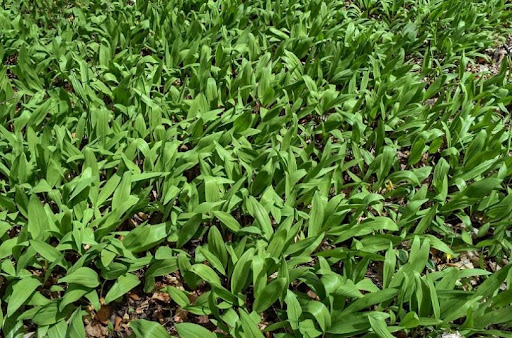
The entire plant is edible from flower, leaf, bulb, and even the rootlets. All parts are strong flavored; a small quantity goes a very long way in a recipe. Ramps are used in place of garlic, onions, chives, or scallions. Overindulging may have a stomach-turning effect due to low levels of nauseating sulfide compounds. The resulting halitosis would also be a very good way to ensure social distancing is followed.
Leeks are an increasingly harvested wild food and are slow to recover from harvesting. They are slow- growing perennials. It can take five or more years to get from germination to harvestable size. Some sources recommend harvesting less than 10 percent of any given patch to help maintain populations. Do not harvest where others are harvesting. Only harvest larger plants, typically these will have three leaves. Replant the smaller bulbs. Plant weights vary throughout the growing season, harvesting a month after the leaves appear requires fewer plants to reach a pound. Leaf-only harvesting is another way to reduce overharvesting. Always secure permission of the landowner before digging ramps.
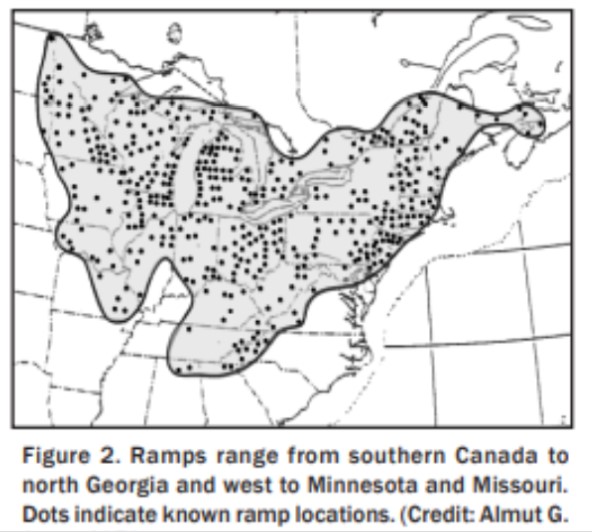
Ramps can be grown in a forested setting. They transplant well and can produce seed soon after transplanting. Farming ramps can provide non-timber income for forest landowners.
Author’s Favorite Leek Cheese Dip Recipe (adapted from a recipe by the Weinzerl family of St. Mary’s, PA)
4 cups Velveeta cheese
1 cup shredded cheddar
8 washed, finely diced, whole large leeks without the rootlets
(more if you like it strong)
8 oz cream cheese
Put all ingredients in blender and blend until smooth. Transfer to a lined slow cooker. Gently heat and serve warm with crackers or pretzels. Serves 12. Optional add-ons: diced jalapenos (to taste) and 1/2 cup diced sundried tomatoes
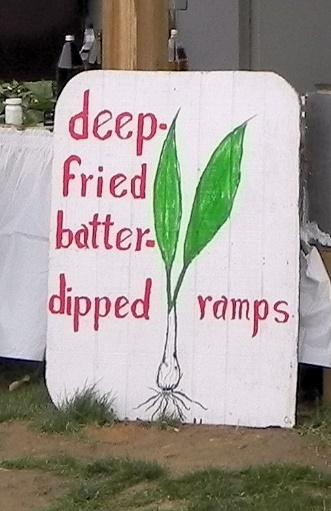
Follow your nose to find more leek info:
https://www.wildflower.org/plants/result.php?id_plant=altr3
About the Author: John Schwartzer
John Schwartzer is the Department of Conservation and Natural Resources Bureau of Forestry woodland stewardship practices specialist. He is a 2008 graduate of The Pennsylvania State University with a B.S. in Forest Science. Before taking on his current role, he was a DCNR service forester for seven years educating and assisting forest landowners in southcentral Pennsylvania. His other previous occupations include research aide, a brief stint as an arborist, and he has been a forest technician for the US Forest Service, PA Game Commission, and DCNR Bureau of Forestry. John lives on a small hobby farm in Perry County PA with his wife Kellie and two sons. If he’s not reading a book, you can find him playing in his woodlot. John is an avid hunter, lackluster angler, wild food/foraging enthusiast, and hopeless gardener.
